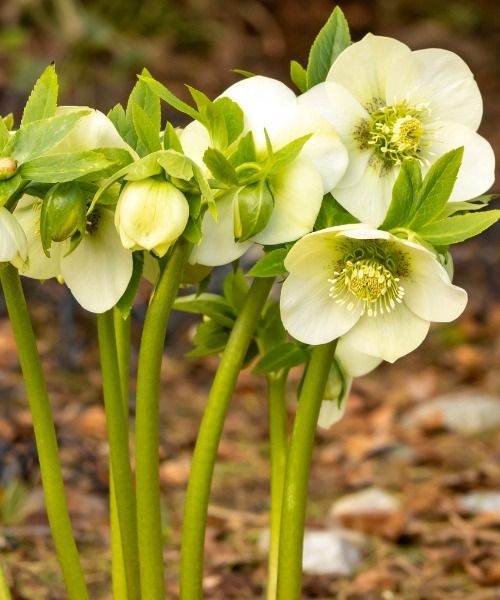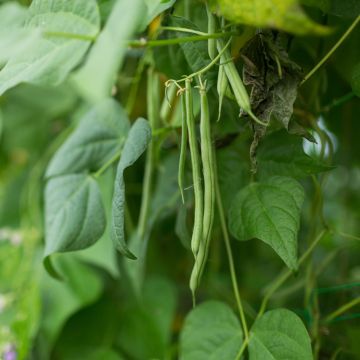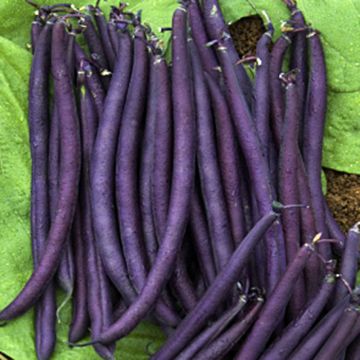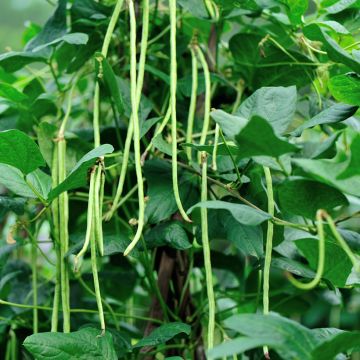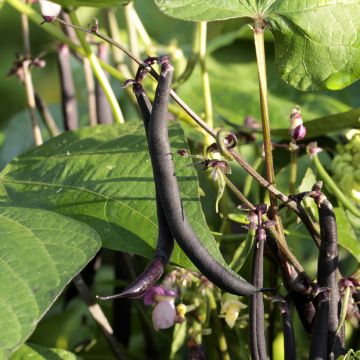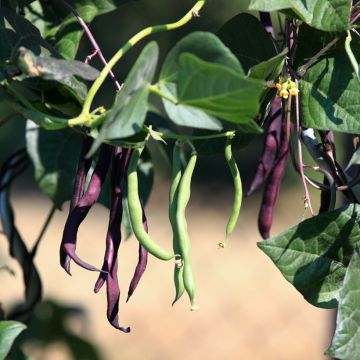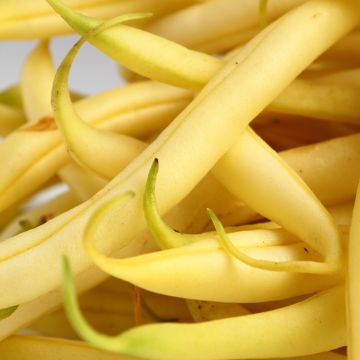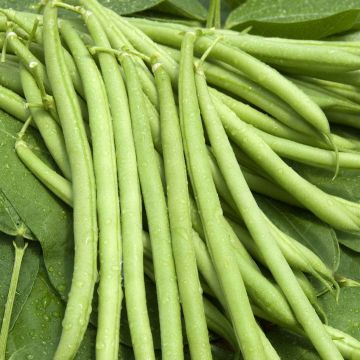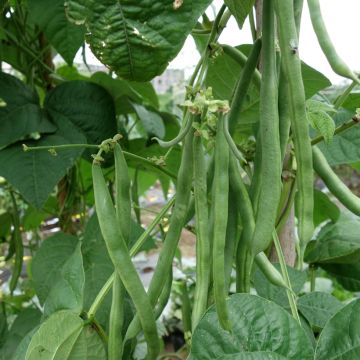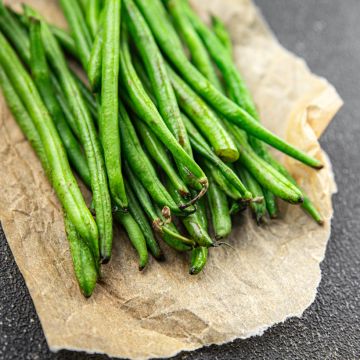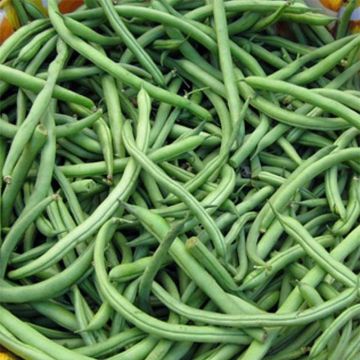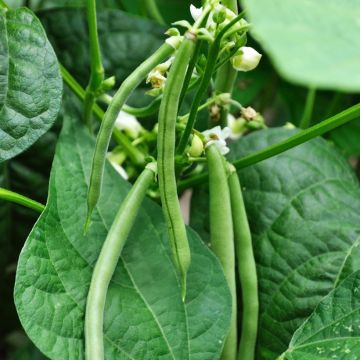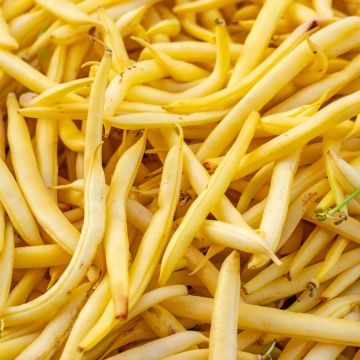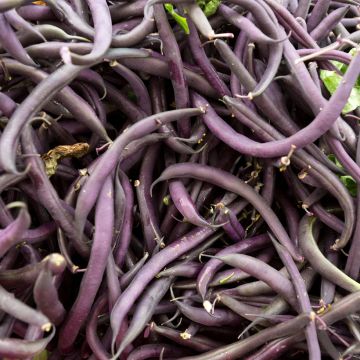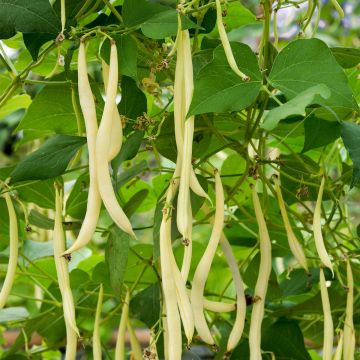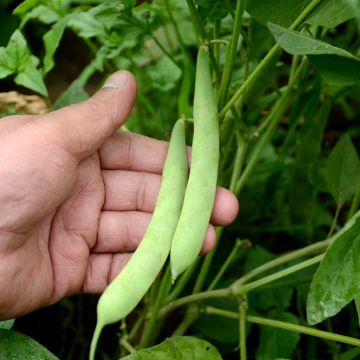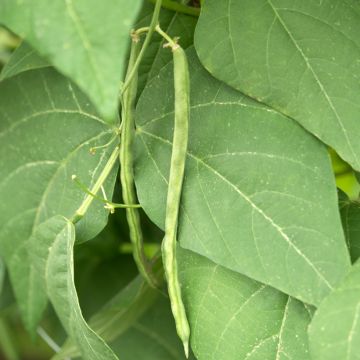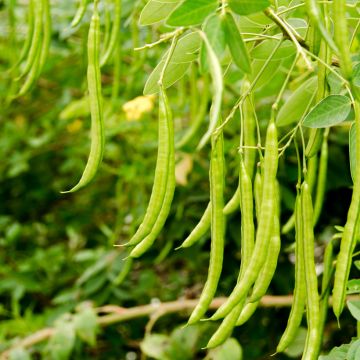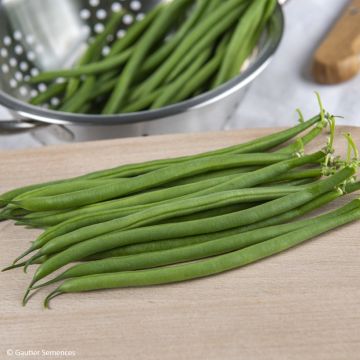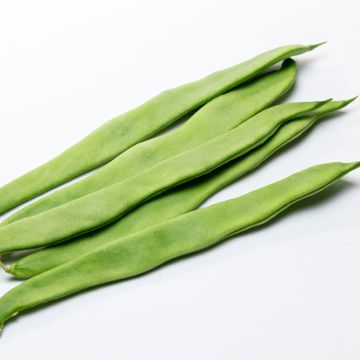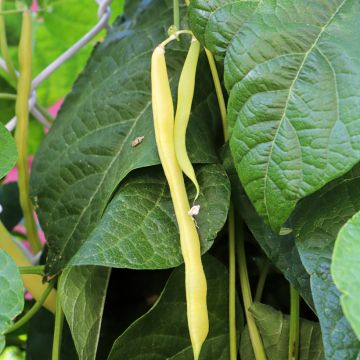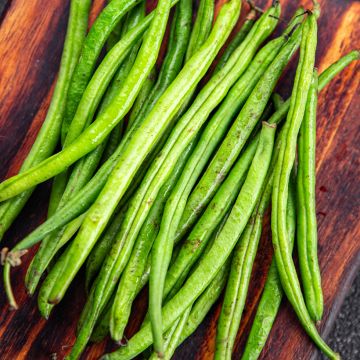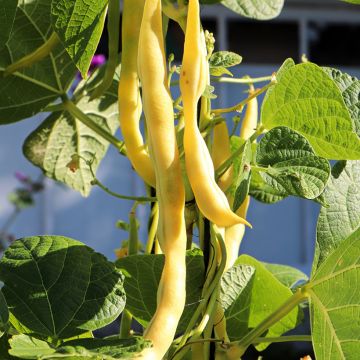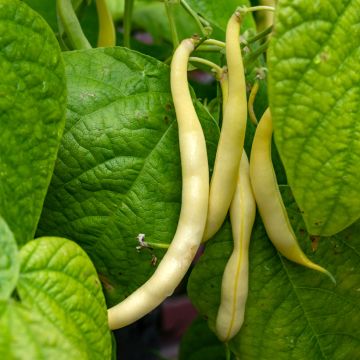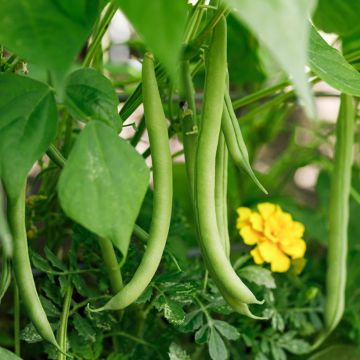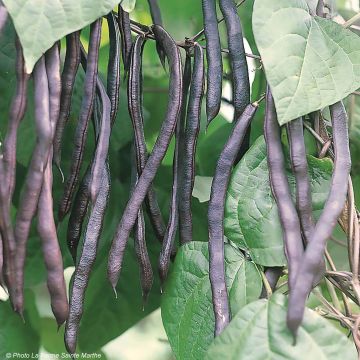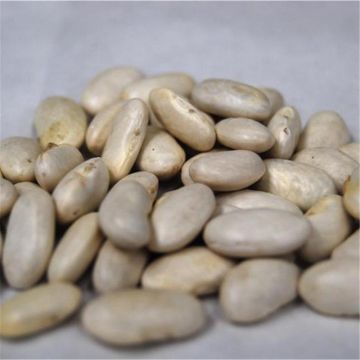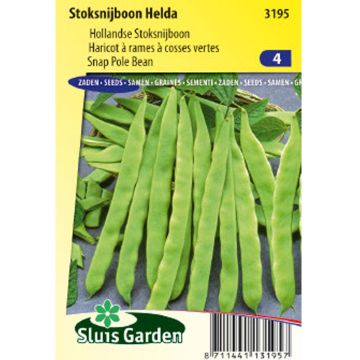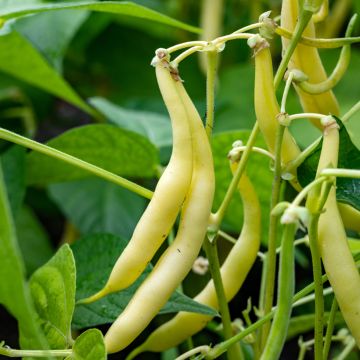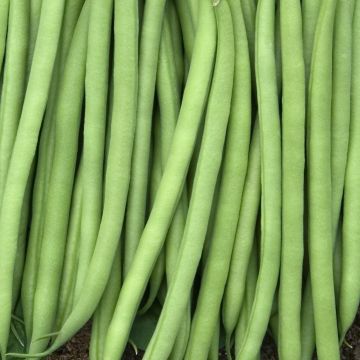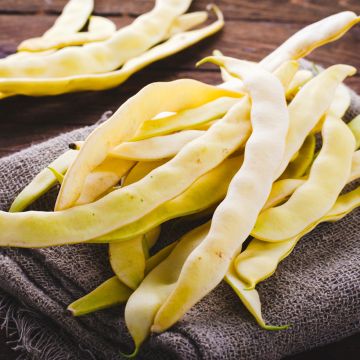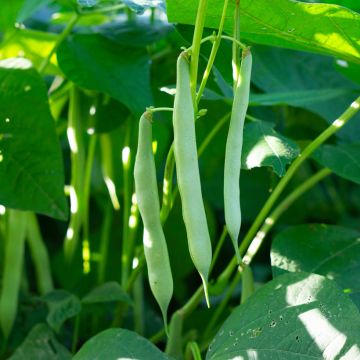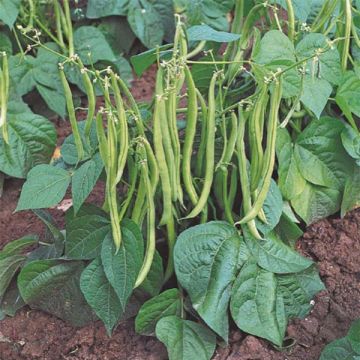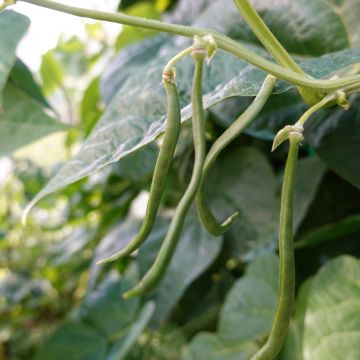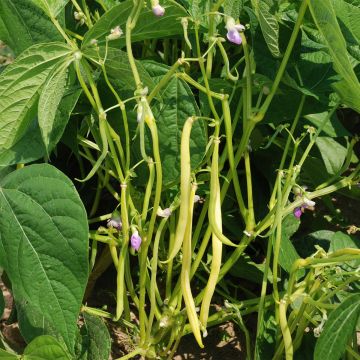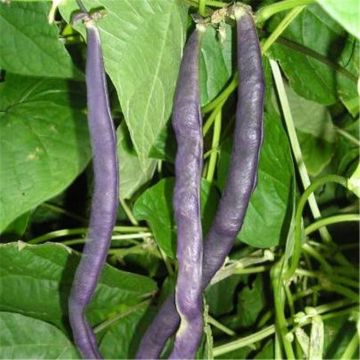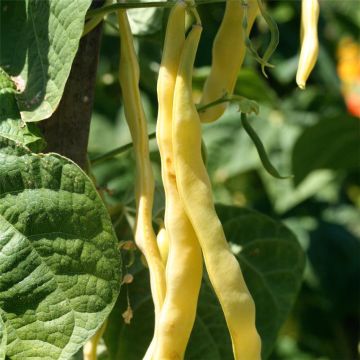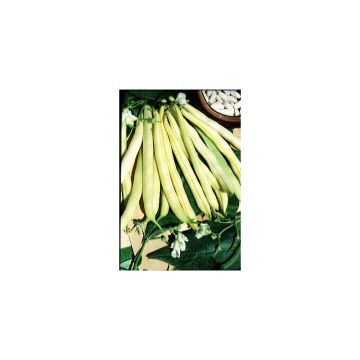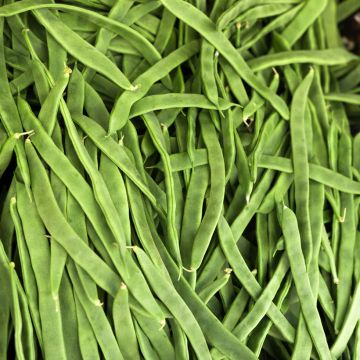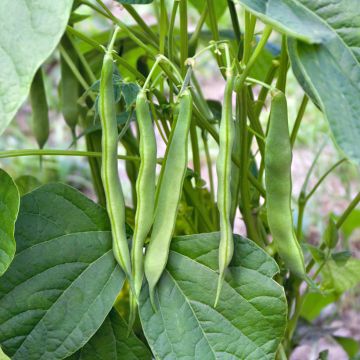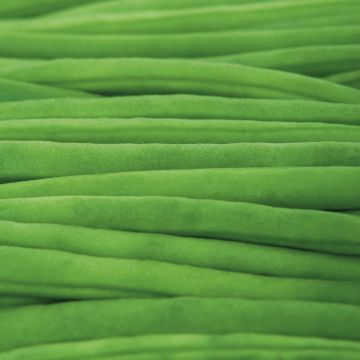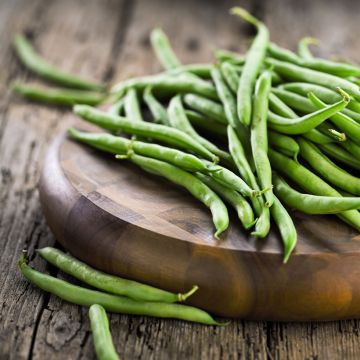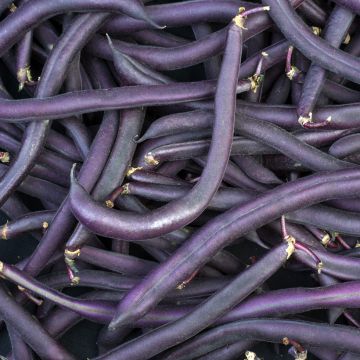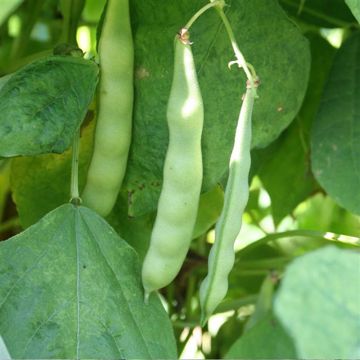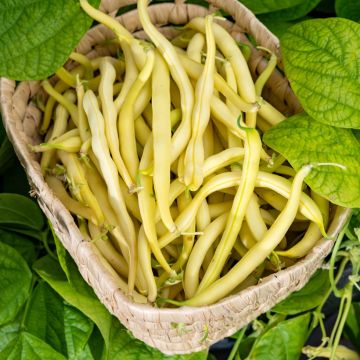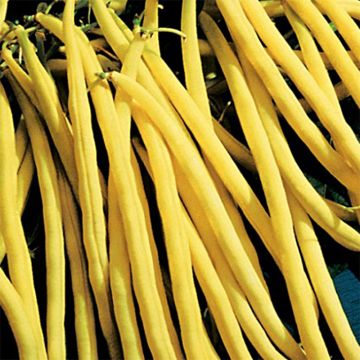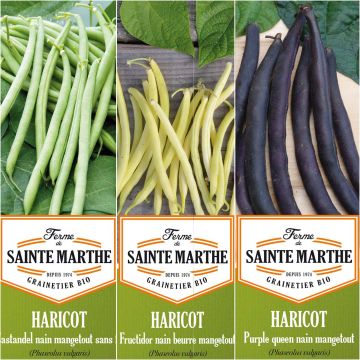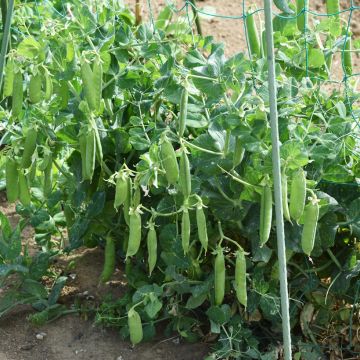Snap Beans
Does this plant fit my garden? Set up your Plantfit profile →
Available in 1 sizes
Available in 0 sizes
Available in 1 sizes
Available in 1 sizes
Available in 1 sizes
Available in 1 sizes
Available in 1 sizes
Available in 1 sizes
Available in 1 sizes
Available in 1 sizes
Available in 1 sizes
Available in 1 sizes
Available in 1 sizes
Available in 1 sizes
Available in 1 sizes
Available in 1 sizes
Available in 1 sizes
Available in 1 sizes
Available in 1 sizes
Available in 1 sizes
Available in 1 sizes
Available in 1 sizes
Available in 1 sizes
Available in 1 sizes
Available in 1 sizes
Available in 1 sizes
Available in 1 sizes
Available in 1 sizes
Available in 1 sizes
Available in 1 sizes
Available in 1 sizes
Available in 1 sizes
Available in 1 sizes
Available in 1 sizes
Available in 1 sizes
Available in 1 sizes
Available in 1 sizes
Available in 1 sizes
Available in 1 sizes
Available in 1 sizes
Available in 1 sizes
Available in 1 sizes
Available in 1 sizes
Available in 1 sizes
Available in 1 sizes
Available in 1 sizes
Available in 1 sizes
Available in 0 sizes
The Mangetout Bean – Phaseolus vulgaris - is generally fleshy or flat and wide and can be consumed entirely, both seeds and pods, even when ripe. It does not form any strings. The pods are most commonly green, like the Mangetout 'Dwarf Maxi' Bean, but can also be yellow – like the 'Goldfield' Mangetout Bean – or even amethyst-coloured – 'Blauhilde' Mangetout Bean. Mangetouts are often prepared stir-fried or can be used in the same recipes as string beans.



































